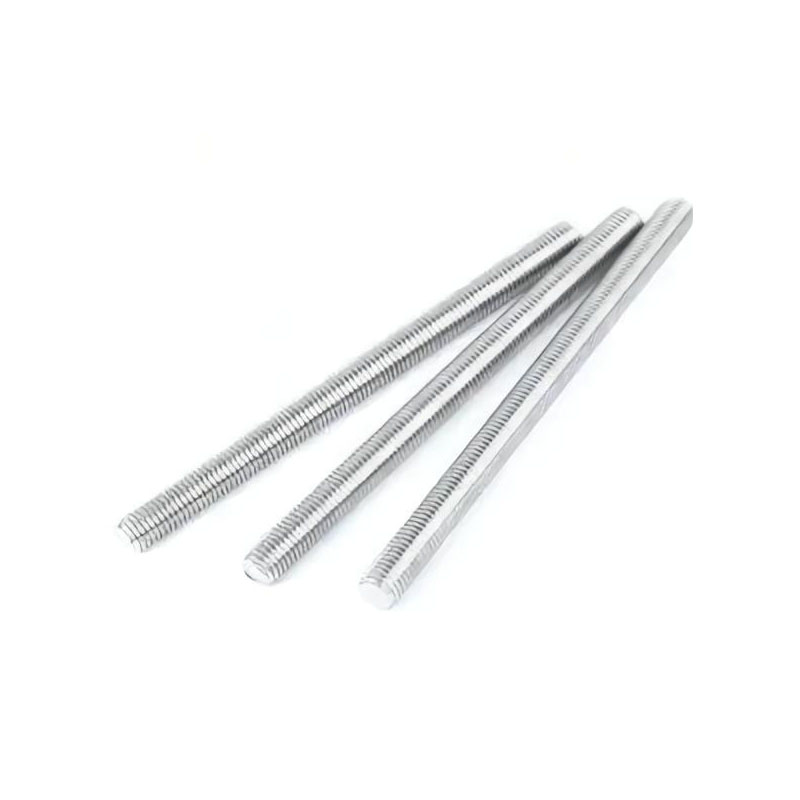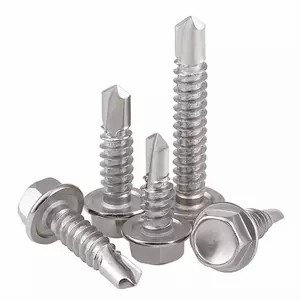Get the low down from the guys that designed, built, and ran one of the most successful F1 cars of all time.
YouTube channel JayEmm on Cars has given us a look under the skin of the legendary McLaren MP4/4 Formula 1 car. Galvanized Lock Nut

The MP4/4 is one of the most successful Formula 1 cars of all time. It won 15 out of 16 races in the 1988 season, and scored ten 1-2 finishes along the way, piloted by the legendary Ayrton Senna and Alain Prost. In the video, we're treated to a tour of the car by three major players at McLaren that year. Taking us through the details is chief designer Steve Nichols, chief mechanic Neil Trundle, and Matthew Jeffries, project lead of monocoque and front suspension development.
This specific car is the chassis that Ayrton Senna raced in Brazil that year. It was actually designated as the spare car that weekend. Senna's shifter famously failed on the grid and he waved wildly to call off the start. The Brazilian then sprinted to the pits to enter the race in the spare. Senna stormed out of the pits around 30 seconds after the rest of the grid had started, and managed to storm up to second place by lap 20. However, he was eventually black flagged for an illegal car change that took place after the green flag had been shown after the parade lap.
Notably, we learn that it wasn't all smooth sailing for the MP4/4. At one point, the chassis had a delamination issue in the front bulkhead which lead to the nose box sagging on the ground. It was actually one of the first F1 cars with a carbon composite nose box. Thankfully, a running repair to the composite structure managed to restore strength to the area. We also get a look at the front wing, with its sleek single-piece front mainplane design.
At the rear, we see minor touches like the tongue and slot that stops the rear wing endplates from flapping. The endplates weren't particularly rigid, so they were mated to the diffuser to add stiffness. However, when mounted rigidly, the endplates tended to snap at times. The tongue and slot design supported the endplates while providing enough flexibility between the diffuser and rear wing to avoid damage.
Other amusing anecdotes concern the hyper-sticky qualifying tires used in F1's golden era. The car used pullrod suspension up front. The pullrods would break if the car was jacked up while the hot tires were stuck to the floor. The team eliminated this issue by pouring water on the garage floor after a hot qualifying lap. The car also used two calipers on each corner of the car, eight in total. This was due to the minimal engine braking available from the small turbo engine.
Under the covers, we get to see what really makes the MP4/4 tick. We get a close look at how air is guided through the sidepods to the intercooler and radiator as well as to feed the turbos. Nichols takes the opportunity to dispel the rumor that Honda was able to run greater boost through a blow-off valve hack, noting that even if they did, they'd have run out of fuel given the 150-liter limit of the time. The engine made around 600 horsepower in racing trim, pushing up to 650 horsepower during qualifying.
We also get a look at the old-school wheel nut design, which is very different to that on modern cars. A standard hex-shaped nut was used, with a safety peg installed to avoid the nut coming loose. Pit stops involved manually removing the peg, undoing the nut, replacing the wheel, then installing the nut again and replacing the peg. Despite the added steps, teams were still able to complete tire stops in roughly 4 to 5 seconds.
We also learn that the car's bold white and Rocket Red paint job adds approximately 7 kg (15 lbs) to the car. Team principal Ron Dennis wanted the cars to look perfect all the time, but chief designer Nichols didn't want many layers of paint adding weight to the cars. Thus, the cars were regularly stripped back to carbon and repainted between races. Nichols tried to save mere grams by leaving black sponsor logos as bare carbon without paint. Ultimately, Dennis didn't think the resulting finish was shiny enough, and thus forced the team to run painted sponsor logos after all.
Overall, it's a beautiful look at a legendary piece of racing history. Hearing a team of top-tier designers and mechanics talking out their work, it gives us a glimpse into what it was really like to campaign the legendary McLaren to victory with two of the world's greatest racing drivers of all time.
Got a tip? Let the author know: lewin@thedrive.com
Sign Up For Our Newsletter
Technology, performance and design delivered to your inbox.
© 2022 Recurrent Ventures. All Rights Reserved.

Threaded Rod Anchor Bolts Articles may contain affiliate links which enable us to share in the revenue of any purchases made.